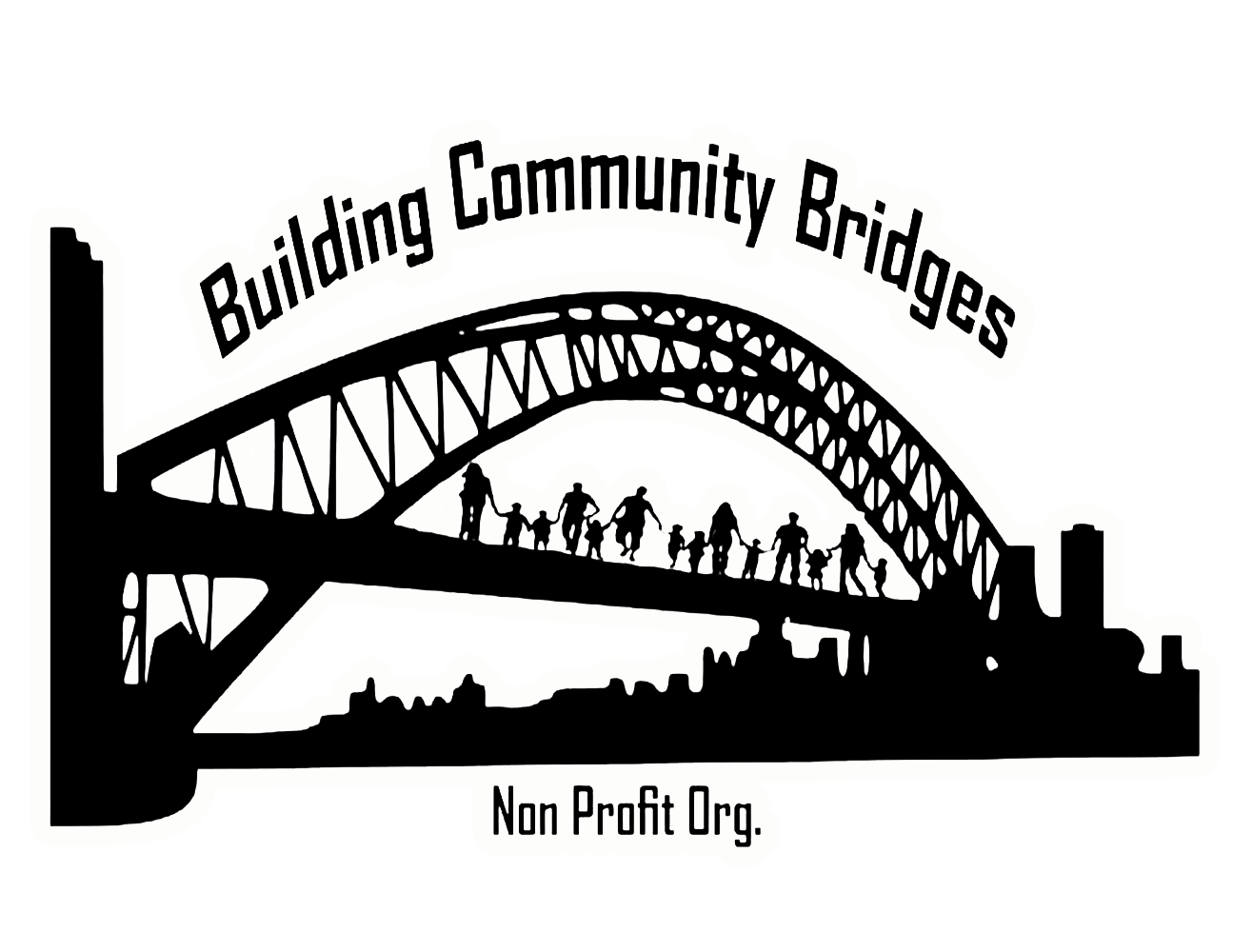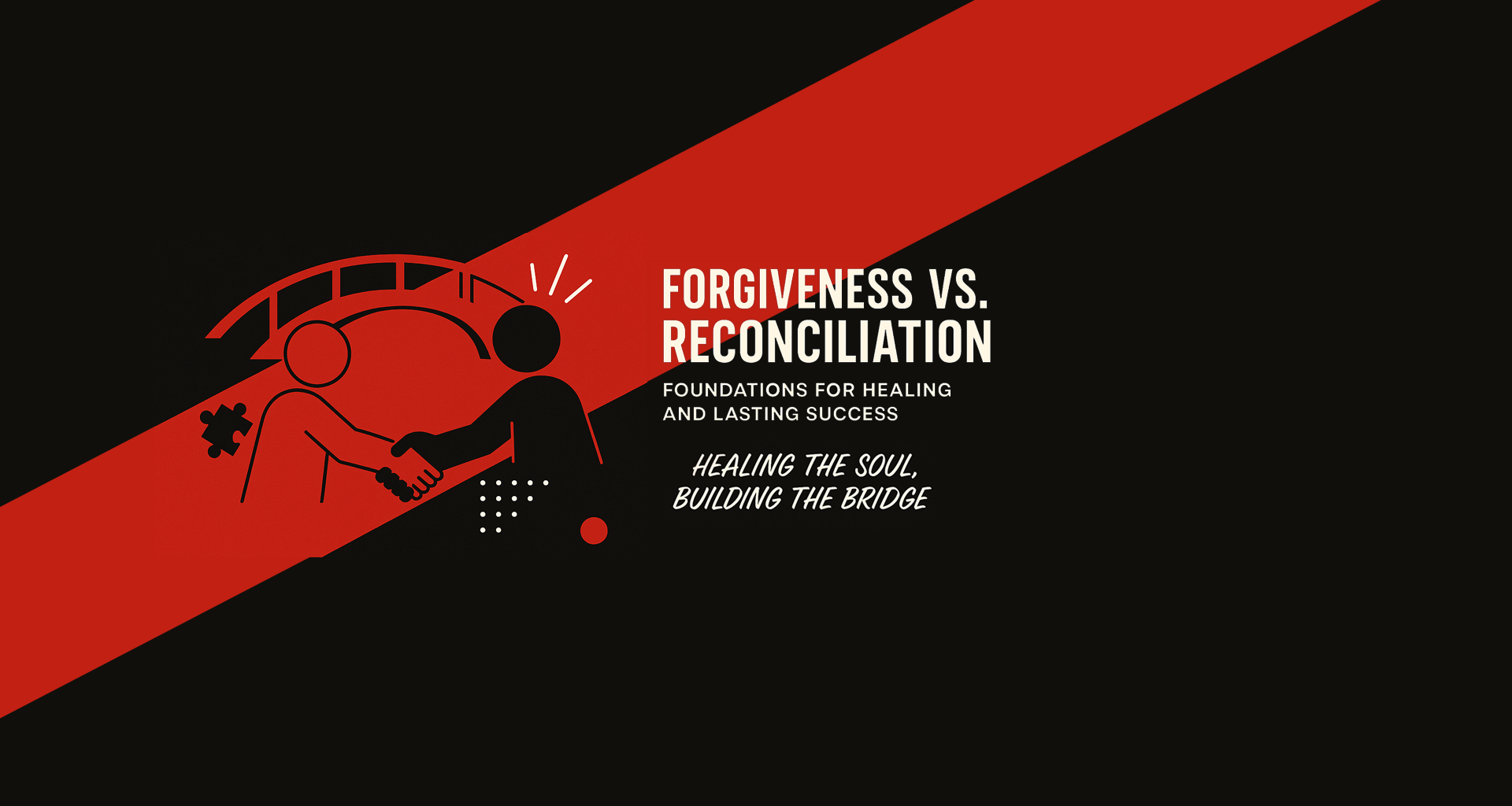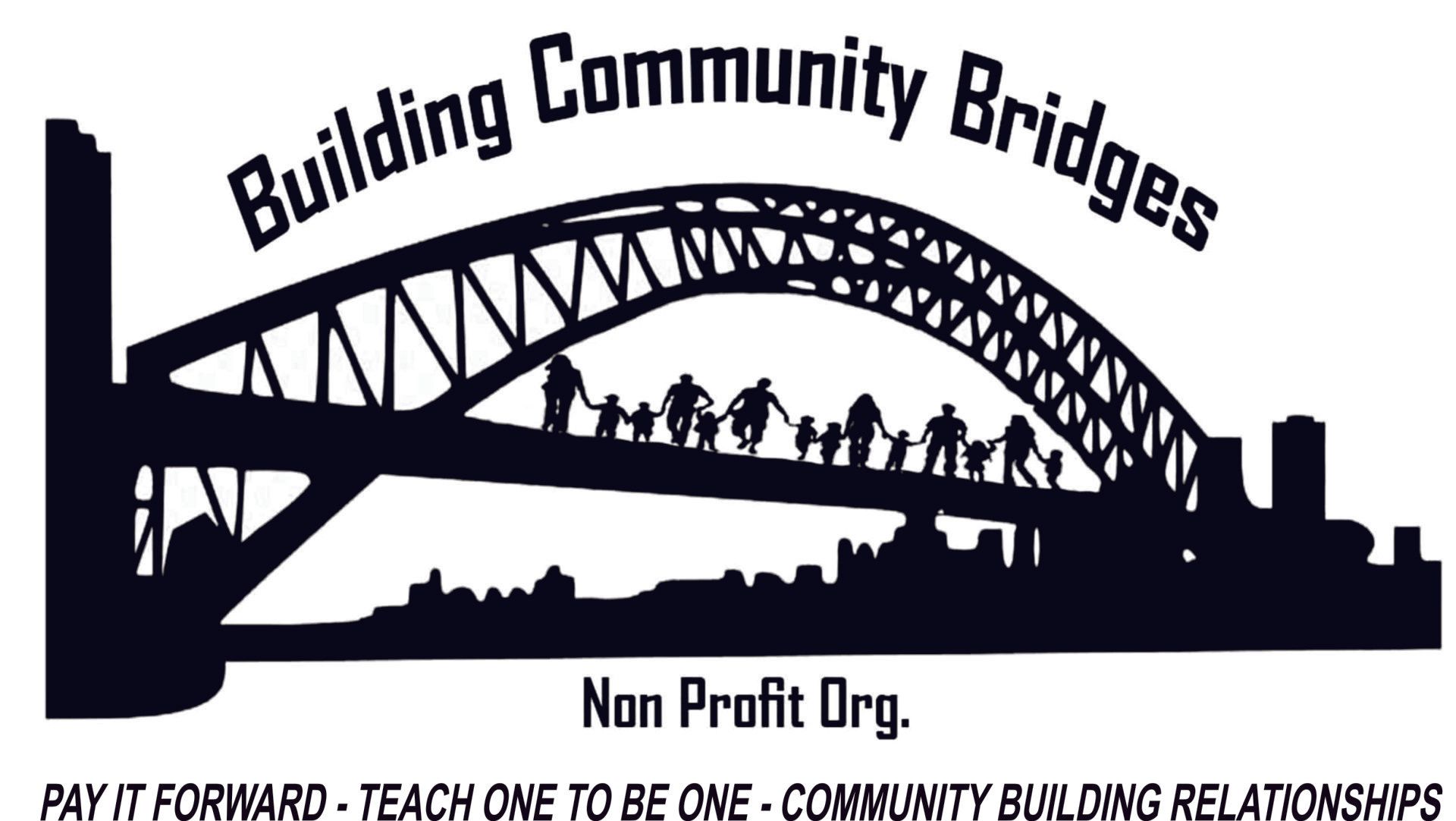Embracing C.H.A.O.S.: Continue Holding And Overcoming Storms
Finding Strength in the Storm
Life is full of unpredictable moments—times when the winds of change howl and the ground beneath us feels unsteady. These moments of chaos can leave us feeling lost, broken, or abandoned. Yet within every storm lies an invitation: to endure, to rise, and to grow. The acronym C.H.A.O.S., meaning Continue Holding And Overcoming Storms, reminds us that adversity isn’t the end of the story—it’s part of a greater transformation. Rather than a symbol of destruction, chaos becomes a pathway to personal growth and spiritual awakening.
When we view challenges not as roadblocks but as refining fires, we begin to understand that strength is often forged in struggle. Like a tree that grows deeper roots in the midst of a storm, so too can individuals grow stronger through life’s trials. The journey of overcoming chaos is not a solo one—it is deeply spiritual, rooted in faith, perseverance, and a resilient hope that better days lie ahead. Embracing chaos means choosing not to give up when the winds howl but to plant our feet firmly in trust, believing that we are being shaped for something greater.
Continue: The Power of Perseverance
The word continue speaks to the unwavering commitment to keep going, even when the path is unclear. Perseverance is not passive; it is an active resistance against despair. It’s waking up each day with the decision to press on, to hold tightly to hope even when it seems distant. This act of continuing becomes a form of faith—a belief that even the smallest step forward has purpose. For those on the frontlines of life’s toughest battles—whether facing poverty, loss, illness, or injustice—continuing becomes a daily victory.
Spiritually, this step mirrors divine endurance. Many faith traditions honor the strength found in perseverance—when people cling to truth, lean into prayer, and walk with purpose despite uncertainty. In those moments, continuing becomes an act of worship, a declaration that storms do not have the final say. It becomes a sacred rhythm: breathing, moving, hoping, believing. This relentless march forward becomes a testimony, not just of survival, but of strength born in the middle of hardship.
Holding: Anchoring in Faith and Purpose
Holding represents the steadfastness required in times of turmoil. It is the grip we maintain on our values, our identity, and our calling, even as the world shifts around us. Holding doesn’t mean avoiding pain; it means embracing it without letting it define us. It is about anchoring ourselves in truth, leaning on community, and trusting in a higher power that steadies us when we feel like we’re about to break. Holding is a sacred act—one that requires courage, discipline, and deep spiritual resolve.
In a deeper sense, holding reflects our relationship with God, or the divine, as our refuge and strength. When we feel like letting go, it is often the invisible hand of grace that holds us up. We may falter, but we are not forgotten. Each moment we choose to hold on—through prayer, reflection, or acts of service—we declare that we are more than our circumstances. In this way, holding becomes a bridge between the chaos around us and the peace within us, built on faith and fortified through love.
And Overcoming: Triumph Through Transformation
To overcome is not merely to survive, but to transform. Overcoming speaks to victory—of rising above the waves that once threatened to drown us. It is the culmination of every moment we chose to continue and hold on. It doesn’t mean that the journey is free of scars, but that those scars become symbols of healing and strength. Each person who overcomes chaos adds their voice to a larger chorus of resilience, singing of hope reclaimed and purpose rediscovered.
Overcoming is spiritual work. It is the fruit of surrender, trust, and endurance. In scripture and sacred texts across cultures, overcoming is often linked to grace—where human effort meets divine empowerment. As individuals overcome, they begin to see their storms not as detours but as divine appointments, shaping them for roles they never imagined. From their pain is born empathy, from their struggle comes vision, and from their survival grows a purpose that ripples outward to others still navigating the storm.
Storms: Agents of Change and Renewal
Storms are often feared, but they are also agents of cleansing and renewal. In nature, storms bring rain that nourishes the soil, clearing away debris and making space for new growth. Similarly, life’s storms can strip us of distractions and force us to focus on what truly matters. They disrupt our comfort but lead us to clarity. They humble us, but they also elevate our dependence on God, on others, and on the strength within. The storm is never the end—it is the doorway to something new.
Spiritually, storms test our faith, but they also reveal it. In the midst of chaos, we are invited to lean into the stillness that exists beyond the noise. The winds may rage, but within us can be a peace that passes understanding. The storm becomes a sacred space, where divine truths are whispered, and where transformation begins. And when the skies clear, we emerge not as we were, but as we were meant to become: wiser, stronger, and more compassionate.
Conclusion: A New Meaning of Chaos
C.H.A.O.S.—Continue Holding And Overcoming Storms—redefines how we view life’s darkest moments. It invites us to embrace adversity not as an end, but as an opportunity for deep personal and spiritual growth. Chaos no longer becomes something to fear, but something to walk through with faith and courage. This perspective empowers individuals to rise beyond their hardships, knowing they are not alone and that there is purpose in the pain.
As we carry this message into our communities and lives, we become beacons for others still in the storm. Our stories of endurance, perseverance, and triumph become guideposts for those who have lost their way. In the spirit of C.H.A.O.S., may we each continue to hold fast and overcome—not just for ourselves, but for those who will one day need our strength to light their path.







